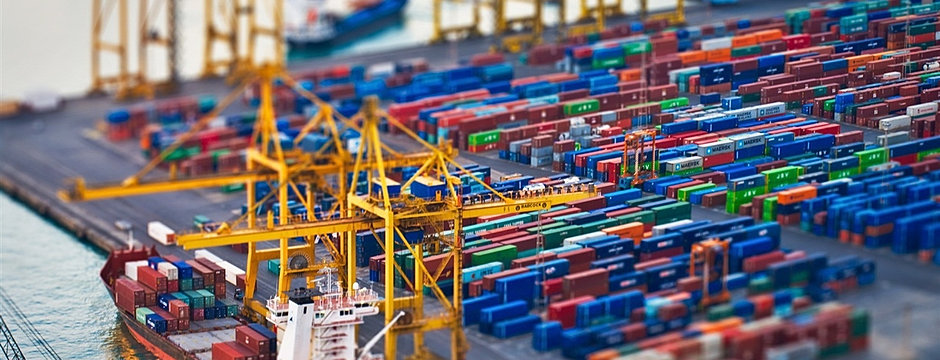WHAT IS CONTAINERIZATION
Containerization is a system of intermodal freight transport using intermodal containers (also called shipping containers and ISO containers) made of weathering steel. The containers have standardized dimensions. They can be loaded and unloaded, stacked, transported efficiently over long distances, and transferred from one mode of transport to another container ships, rail transport flatcars, and semi-trailer trucks without being opened. The handling system is completely mechanized so that all handling is done with cranes and special forklift trucks. All containers are numbered and tracked using computerized systems.
Containerization greatly reduced the expense of international trade and increased its speed, especially of consumer goods and commodities. It also dramatically changed the character of port cities worldwide. Prior to highly mechanized container transfers, crews of 20–22 longshoremen would pack individual cargoes into the hold of a ship. After containerization, large crews of longshoremen were no longer necessary at port facilities, and the profession changed drastically.
Meanwhile, the port facilities needed to support containerization changed. One effect was the decline of some ports and the rise of others. At the Port of San Francisco, the former piers used for loading and unloading were no longer required, but there was little room to build the vast holding lots needed for container transport. As a result, the Port of San Francisco virtually ceased to function as a major commercial port, but the neighboring port of Oakland emerged as the second largest on the US West Coast. A similar fate met the relation between the ports of Manhattan and New Jersey. In the United Kingdom, the Port of London and Port of Liverpool declined in importance. Meanwhile, Britain's Port of Felixstowe and Port of Rotterdam in the Netherlands emerged as major ports. In general, inland ports on waterways incapable of deep-draft ship traffic also declined from containerization in favor of seaports. With intermodal containers, the job of sorting and packing containers could be performed far from the point of embarking.
CONTAINER LOADING
1.FULL CONTAINER LOAD
2.LESS-THAN-CONTAINER LOAD
LCL is "a quantity of cargo less than that required for the application of a carload rate. A quantity of cargo less than that fills the visible or rated capacity of an inter-modal container."It can also be defined as "a consignment of cargo which is inefficient to fill a shipping container. It is grouped with other consignments for the same destination in a container at a container freight station".
OTHER USES FOR CONTAINERS
Containers are also beginning to be used to house computer data centers, although these are normally specialized containers.
There is now a high demand for containers to be converted in the domestic market to serve specific purposes. As a result, a number of container-specific accessories have become available for a variety of applications, such as racking for archiving, lining/heating/lighting/powerpoints to create purpose-built secure offices, canteens and drying rooms, condensation control for furniture storage, and ramps for storage of heavier objects. Containers are also converted to provide equipment enclosures, pop-up cafes, exhibition stands, security huts, and more.
Public containerised transport is the concept, not yet implemented, of modifying motor vehicles to serve as personal containers in non-road passenger transport.
































